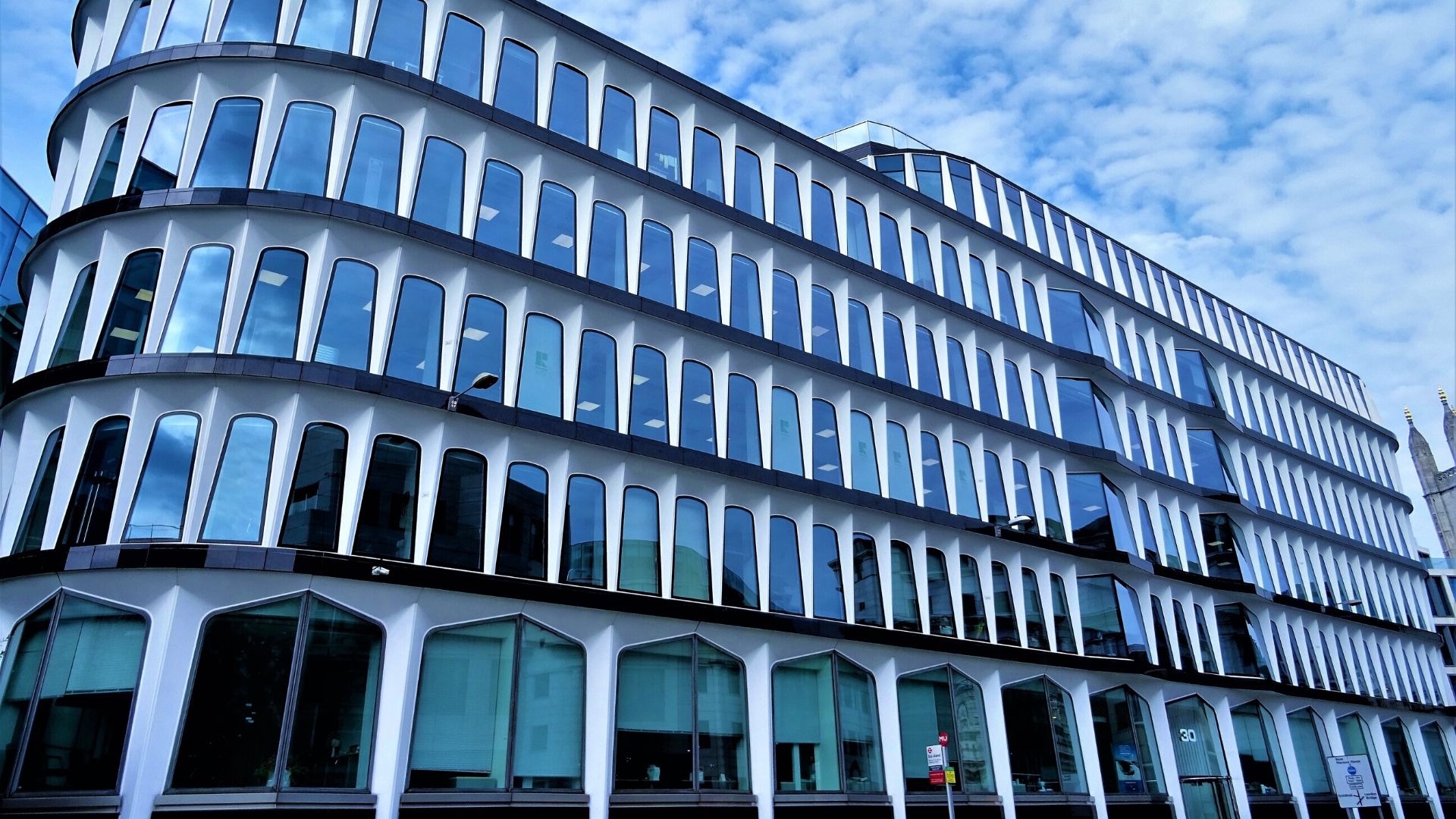Listen to the audio version of this article
In today’s performance-driven society, employee productivity is a crucial ingredient to the success of many organizations. It’s no longer enough to offer employees coffee, a computer, a chair and a desk to do their job correctly. Several other elements have become urgent. From the adjustable desks and chairs to the air circulation of the buildings in which they work.
Several elements can strongly influence the productivity of employees. This article focuses on one of the ‘silent killers’ of the work environment. It comes into play when the design of the work environment pays little or no attention to the light.
Just think about the following:
How do you feel on a grey, rainy day?
Do you feel energetic like a rabbit or do you feel sluggish like the sloth in the video below?
[youtube https://www.youtube.com/watch?v=k3A_pzCUwRA?start=17&w=853&h=480]
Lack of sunlight makes us feel sluggish and unproductive!
Unfortunately, there are still many workplaces where employees have to work in poor lighting conditions, far from a window or in a windowless room. At the same time, sunlight can improve productivity and focus. As a result, many employees go home feeling empty and grumpy. Prevent a situation like the example below from the film Office Space.
<[youtube https://www.youtube.com/watch?v=Vsayg_S4pJg&w=853&h=480]
According to Leesman’s* benchmark employee experience, 72.7% of respondents stated that natural daylight is essential to them.
The impact of light
Lighting can have a severe impact on the concentration and productivity of an employee. A study by the American Society of Interior Designers – The Impact Of Design In The Workplace – found that when addressing the requirements of WELL Building Standard* in a design that can improve employee productivity and health. In the study, productivity in the test case had improved by 19%!
Exposure to the daily cycle of light and darkness triggers a physiological process in humans. This is also known as circadian rhythm, which affects many physiological conditions such as alertness, blood pressure, metabolism and recovery.
Research by Jason Brainard et al. has shown that disturbance of the circadian rhythm has terrible health effects such as fatigue, weight gain, increased stress levels, and a higher risk of breast and prostate cancer.
[youtube https://www.youtube.com/watch?v=2BoLqqNuqwA&w=560&h=315]
The effects of lighting in the workplace
Dim light is a serious threat to the working environment. Not only can it cause eye strain, but it can also cause headaches, fatigue and lack of focus. This is disastrous for the concentration and productivity of every employee.
Many workplaces have fluorescent lighting because of the long service life of the light. This hard lighting makes it harder for the eye to concentrate. In other words, it causes eye fatigue. And it can also serve as a trigger for employees and customers who are already suffering from migraines or headaches.
It has been shown by a study by Nastaran Shishegar that natural lighting positively influences moods, productivity, concentration, eyes, decision making and sleep cycles.
Provide good (day) lighting
Some employers are afraid of the cost of adjusting the lighting, but they have to see it differently. Different lighting options are available, allowing employers to save as much as thousands of euros a year on absenteeism, energy costs and loss of talent.
Paying attention to light can have a positive impact on employee productivity. This must be taken into account right from the start of a new building plan or a renovation plan. Organizations can do their employees, their customers and visitors a favour by paying attention to this.
Does your workplace take natural daylight into account?
Let me know.


